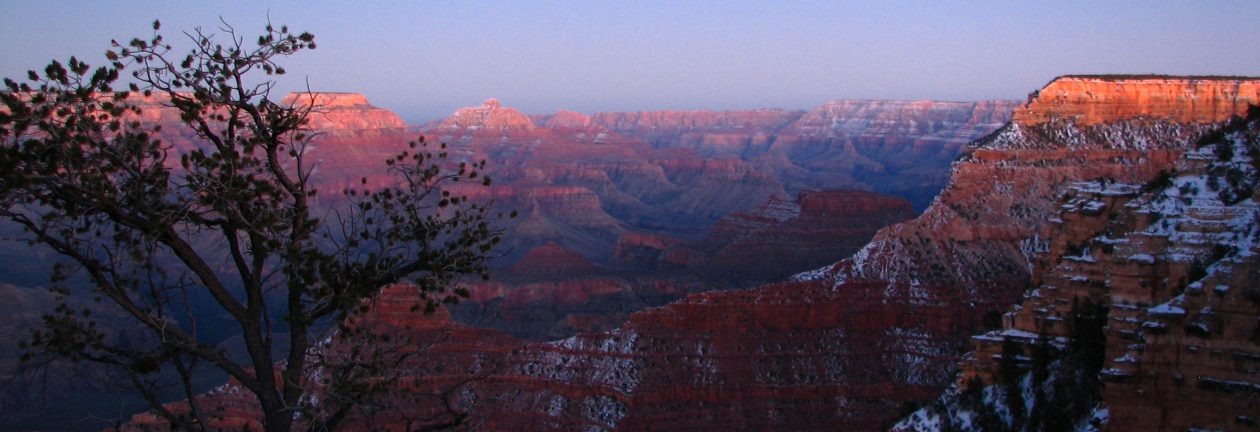Berlin, Germany
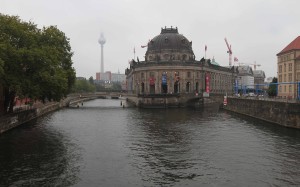
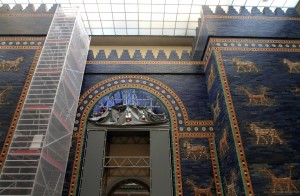
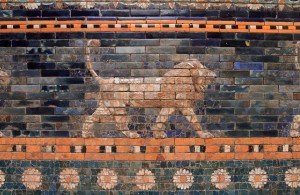
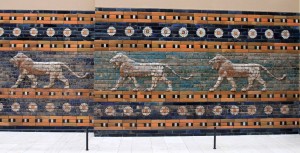
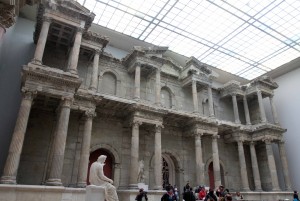
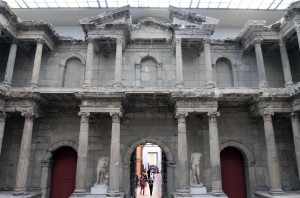
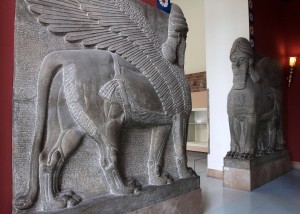
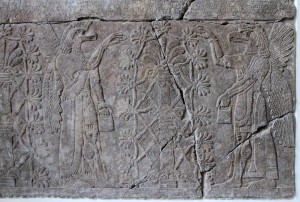
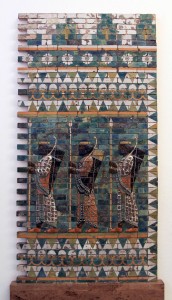
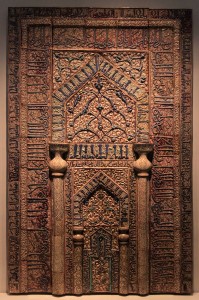
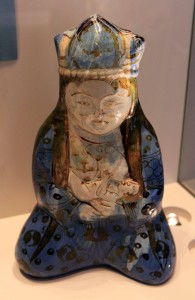
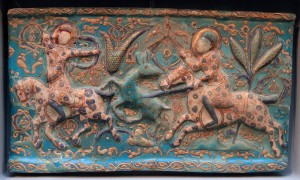
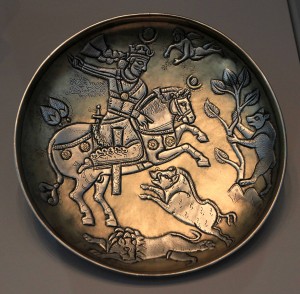
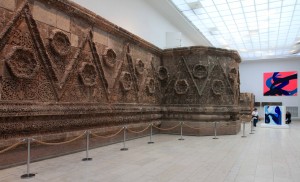
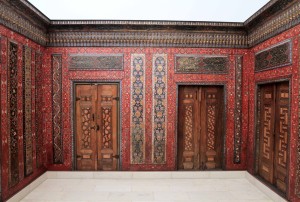
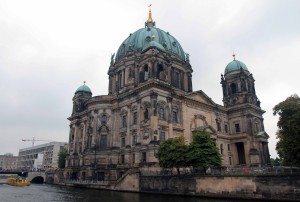
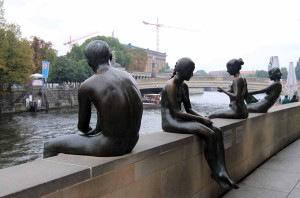
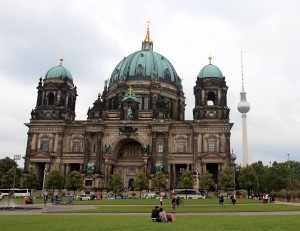
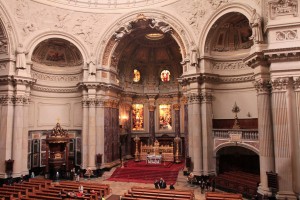
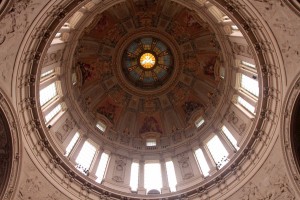
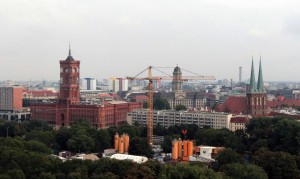
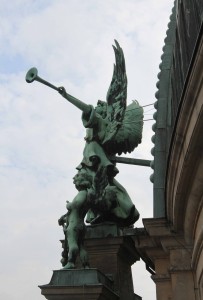
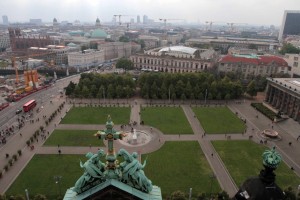
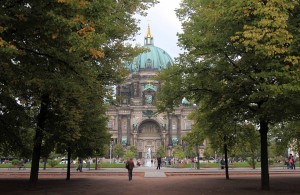
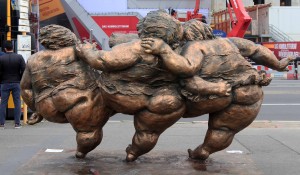
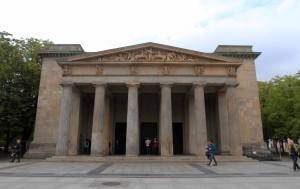
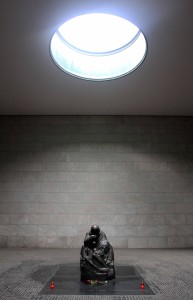
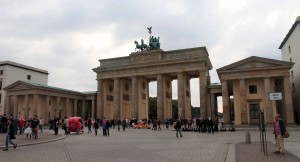
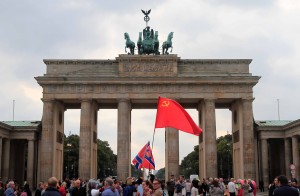
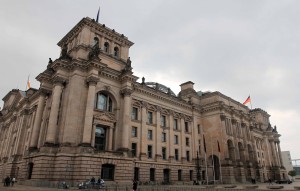
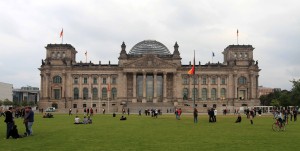
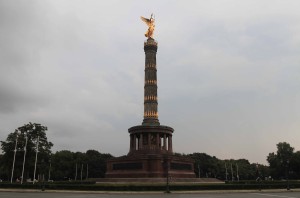
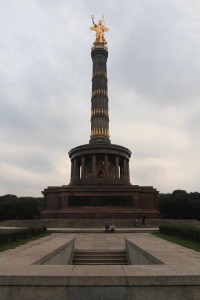
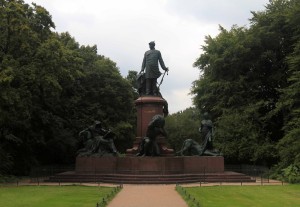
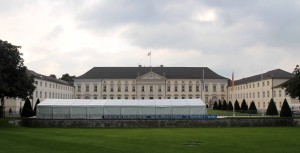
I woke up today around 10:00, showered, dressed, and got ready. With camera and tripod, I exited the hostel and walked to Berlin’s Museum Island (the name of the northern half of an island in the Spree River in the central Mitte district of Berlin; it is so called for the complex of five internationally significant museums (Altes Museum, Neues Museum, Alte Nationalgalerie, Bode Museum, and the Pergamon Museum)). Today I would just be visiting the Pergamon Museum, which was built in 1930 AD and houses an impressive collection of Middle East, Islamic, and Roman artifacts. I reached the museum around 11:00 and waited in line for nearly forty minutes before being permitted inside. I then bought my entrance ticket and explored the two levels of exhibitions inside the eastern wing of the building. Unfortunately, due to renovations, the western wing and center of the Pergamon Museum was closed to the public, so I could not see the Pergamon Altar (a very large structure that dates to the second-century BC); however, I was still able to see the Roman Market Gate of Miletus, the Babylonian Ishtar Gate and the Processional Way, the Umayyad Mshatta Façade, and the Aleppo Room, as well as many smaller important, albeit not-as-impressive, artifacts. I walked through the different rooms and really enjoyed seeing the Ishtar Gate (it is much larger than I had imagined (the size of a large city wall gate) and was happy to see such a significant art history artifact, one that I had seen in many textbooks before). After spending about two hours inside the museum, I exited the building and walked north, to the other side of the Spree River. I then decided to eat something since I was very hungry. So, I stopped at a German restaurant and had apple juice, water, bread, East German Solyanka (a thick, spicy and sour soup that is popular in Russian and Ukrainian cuisines), and Berlin hunting sausage with boiled potatoes and sauerkraut. After eating, I walked to the Berlin Cathedral and paid to enter inside (I wasn’t expecting to see more than the central congregation area and was instead pleasantly surprised to discover that the ticket granted me access to various exhibition rooms and the outside walkway around the giant dome of the cathedral). The Berlin Cathedral (officially: “Supreme Parish and Collegiate Church”) dates back to 1454 AD, when it was consecrated; however, it had been extensively remodeled and rebuilt since then; the present form of the cathedral dates back to 1905 AD (although the destruction caused by World War II made sure that further reconstruction and redesigns occurred). I first walked around the main floor, then through an upper level with historical displays, then through another upper level with artifacts before climbing up the many steps to the walkway around the dome (where I had some splendid views of Berlin, seeing sites such as the Fernsehturm television tower, the Rotes Rathaus (Red Town Hall), and the museums on Museum Island); finally, after coming back down from the dome, I visited the crypt, which contains 94 entombments from the end of the sixteenth-century AD until the beginning of the twentieth-century AD. After walking through the tour of the Berlin Cathedral, I exited the building and visited the Lust Garden (the garden in front of the Cathedral) before walking on toward the Brandenburg Gate. On the way to the Brandenburg Gate, I stopped at the Neue Wache, which was originally built as a guardhouse in 1816 AD (designed in the neoclassical style by Karl Friedrich Schinkel) and became war memorial in 1931 AD; in 1993 AD (after German reunification) the Neue Wache was rededicated as the “Central Memorial of the Federal Republic of Germany for the Victims of War and Dictatorship.” I entered inside and took some photographs before continuing on. I then reached the Brandenburg Gate and took a number of photographs of that symbolic structure. The Brandenburg Gate was built in the eighteenth-century AD as a neoclassical triumphal arch; it was commissioned by King Frederick William II of Prussia as a sign of peace and built by Carl Gotthard Langhans from 1788 to 1791 AD. Next, I walked northward to the Reichstag (which was built in 1894 AD and serves as Germany’s Parliament building) and took several photographs of its exterior (I understand that tickets to see the inside and walk up to its dome must be booked in advance, which is something I failed to do, so I did not go in). Then, I walked west through the Tiergarten (once a hunting ground of the Electors of Brandenburg, the Großer Tiergarten park of today was designed in the 1830s by landscape architect Peter Joseph Lenné) and on to the Victory Column. The Victory Column was designed by Heinrich Strack, after 1864 AD to commemorate the Prussian victory in the Danish-Prussian War; by the time it was inaugurated on September 2, 1873 AD, Prussia had also defeated Austria in the Austro-Prussian War (1866 AD) and France in the Franco-Prussian War (1870–71 AD), giving the statue a new purpose. The Victory Column originally stood in Königsplatz (now Platz der Republik), but was moved to its present location in 1939 AD by the Nazis as part of the preparation of the monumental plans to redesign Berlin into Welthauptstadt Germania. I walked around the Victory Column but did not bother paying to go inside. I then walked to the nearest S-Bahn station (Bellevue Station), passing by Bellevue Palace on the way; the palace was originally built in 1786 AD and has been the official residence of the President of Germany since 1994 AD; when I passed by, many guests were arriving for some formal occasion in the backyard (a large stage was set up). Anyway, I reached the S-Bahn station and rode the train to Oranienburger Strasse Station. I then walked back to the hostel and printed out my train ticket (to Nuremberg) and my ticket for Berlin Lollapalooza (which would be going on the following two days – “party on!”) at the reception desk. Next, I decided to eat dinner in the hostel’s café. I had shitty nachos (poorly melted cheese, seasoning, and tortilla chips with a side bowl of guacamole to dip in to), French fries, a spicy burger with jalapenos and salsa, and beer. I then relaxed some before eventually going to sleep (though not before talking to most of my dormmates (two Scottish women, a German woman, and an Australian man) who were all attending Berlin Lollapalooza for the next two days. I finally fell asleep sometime after 01:00.
